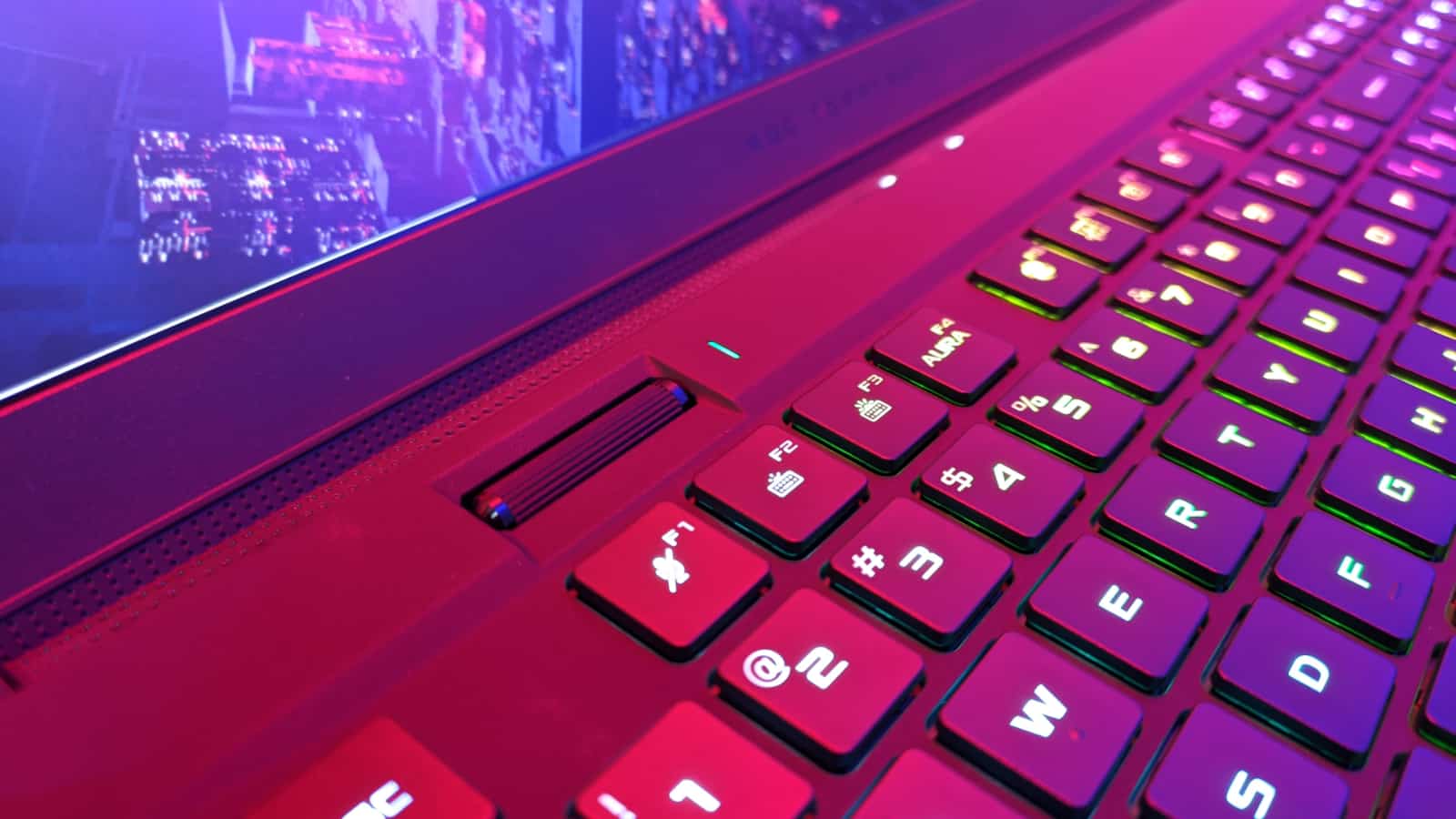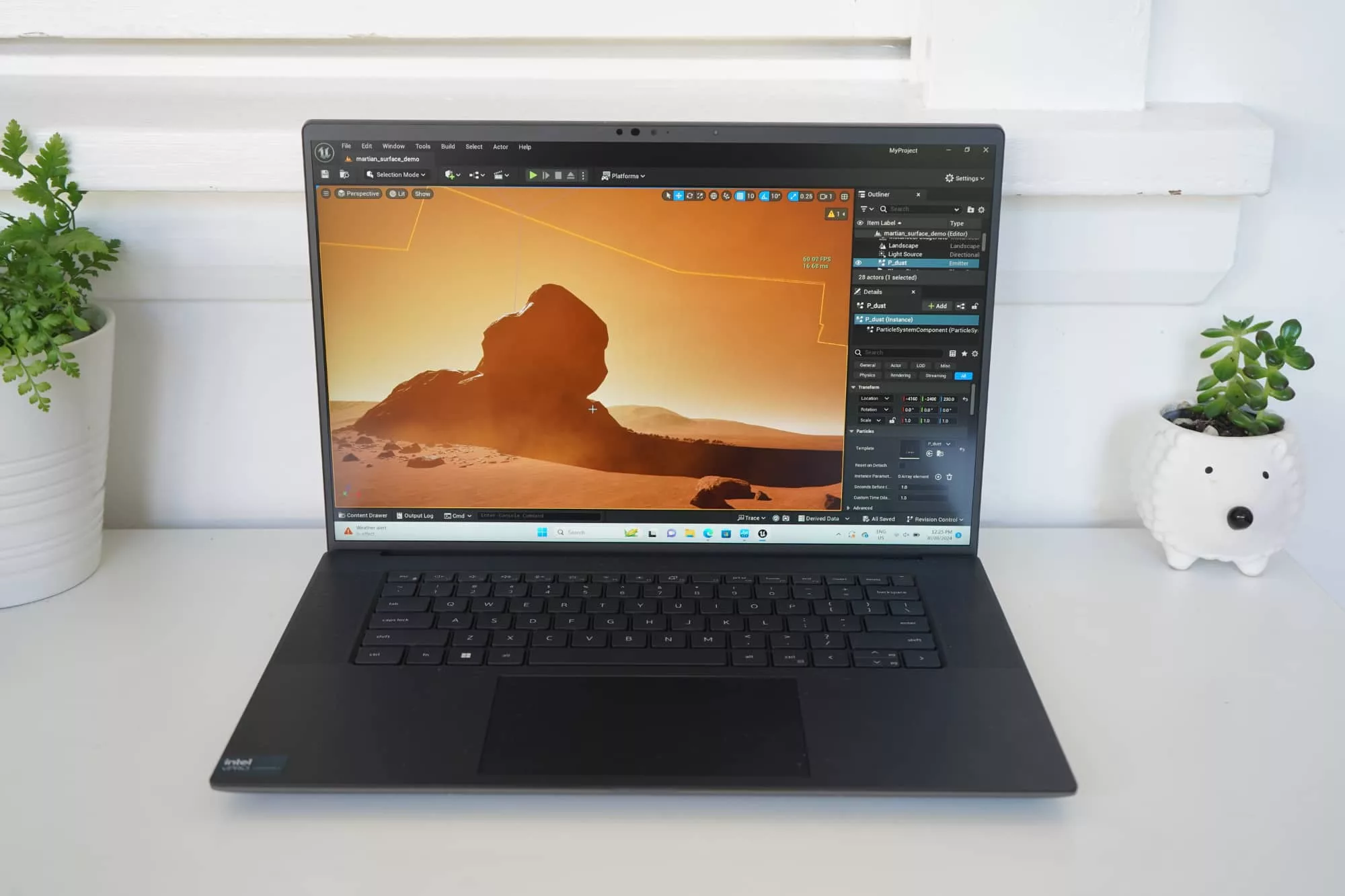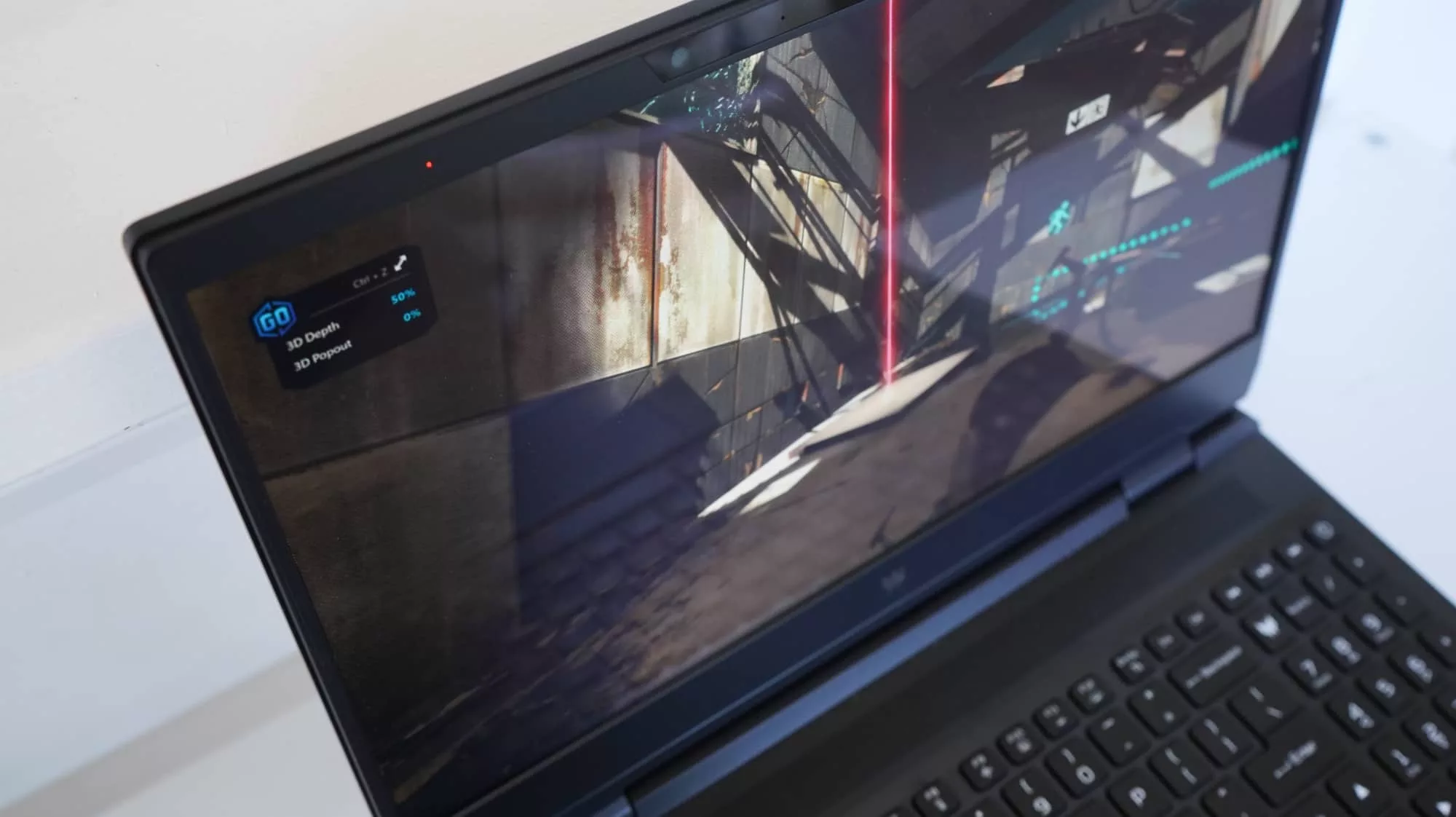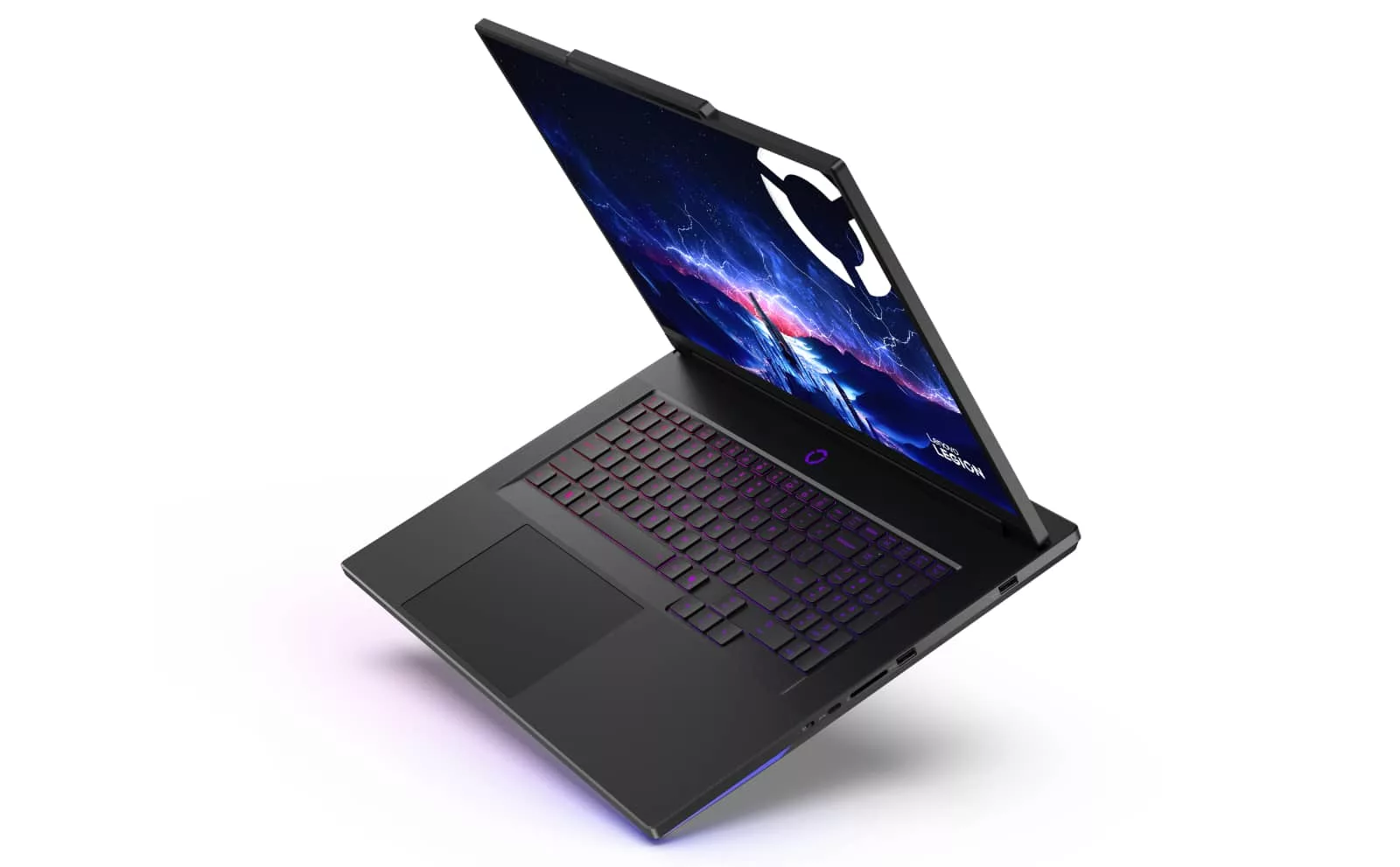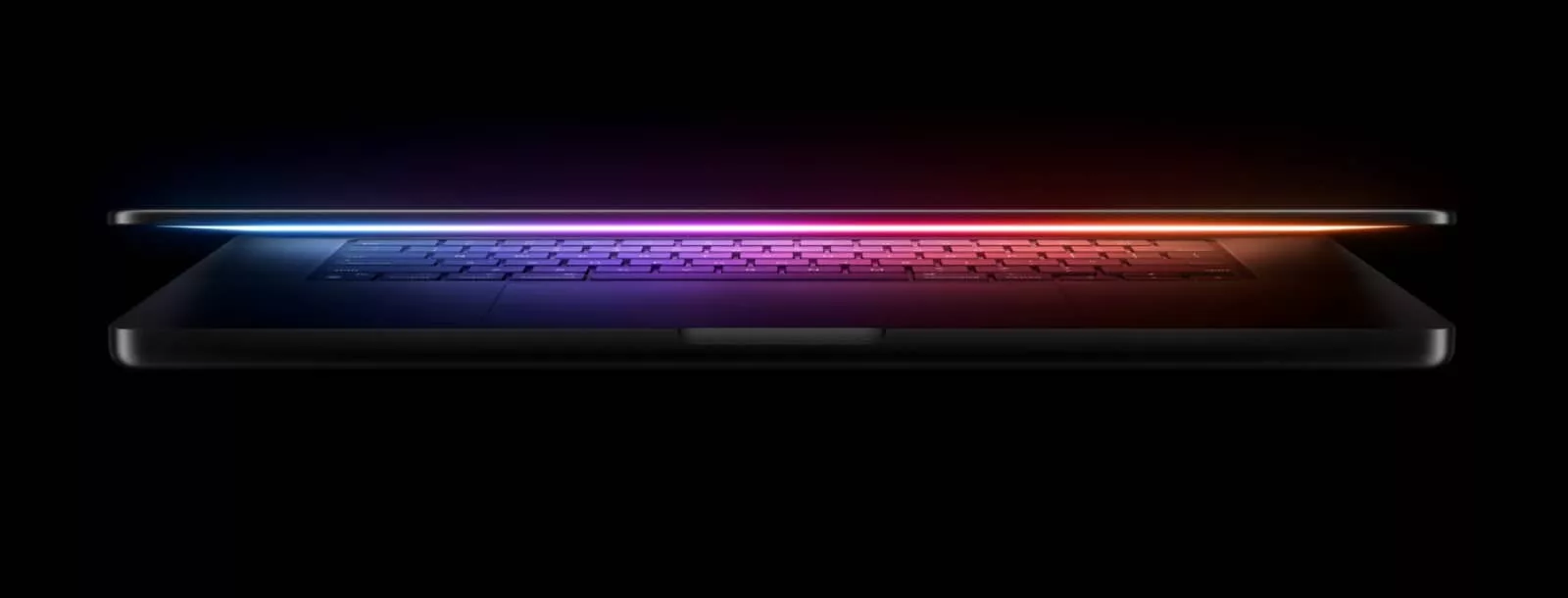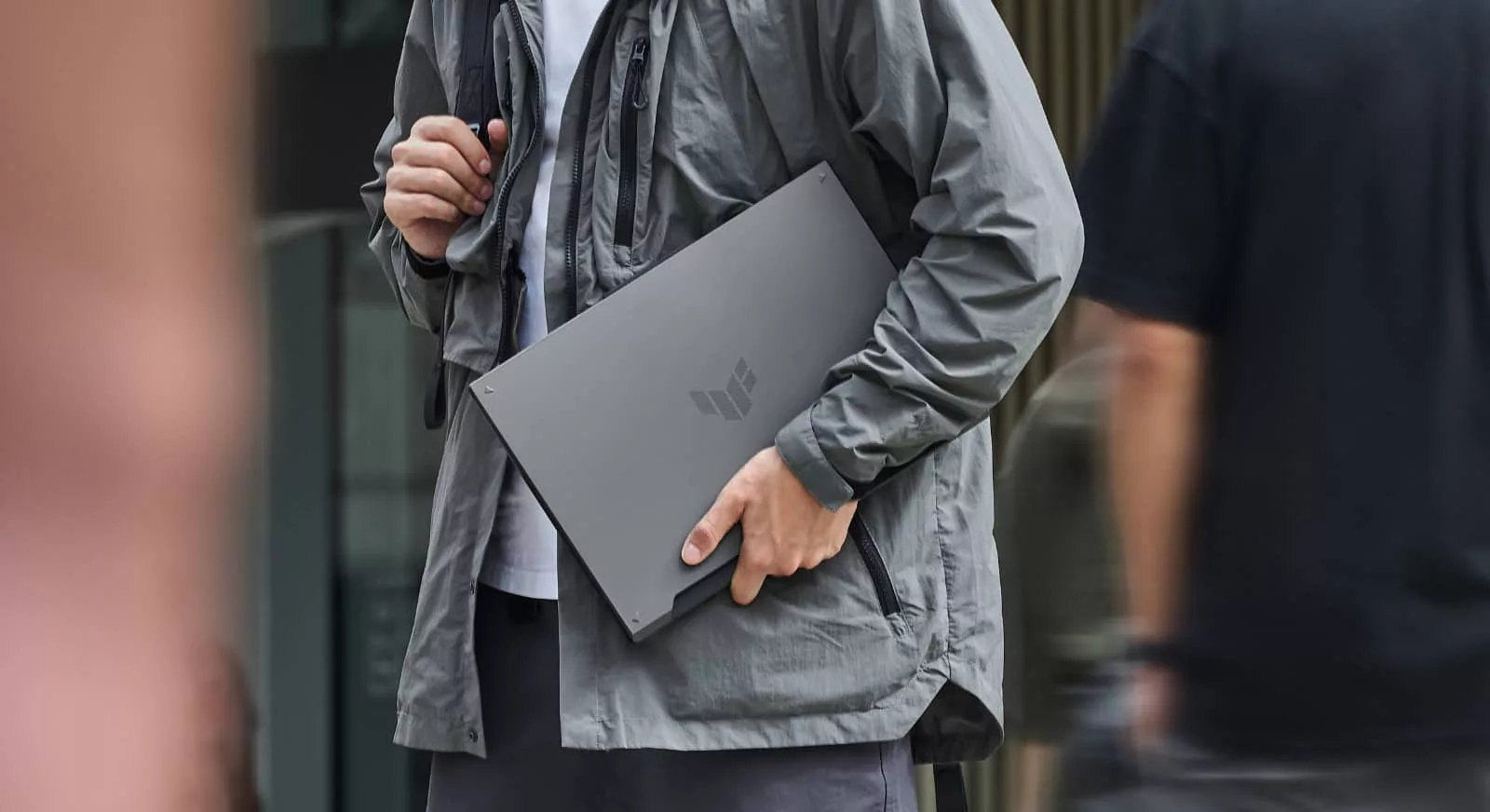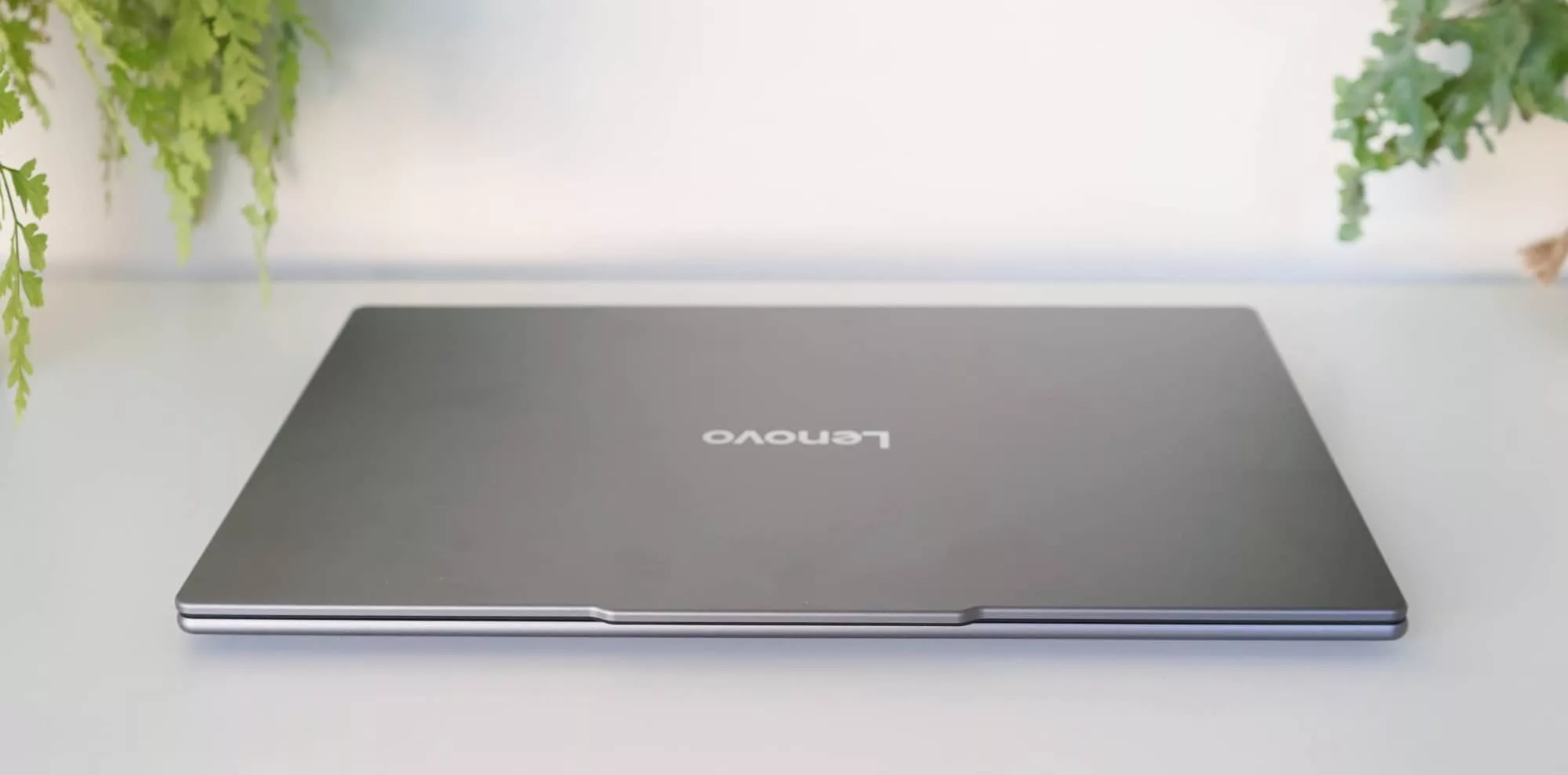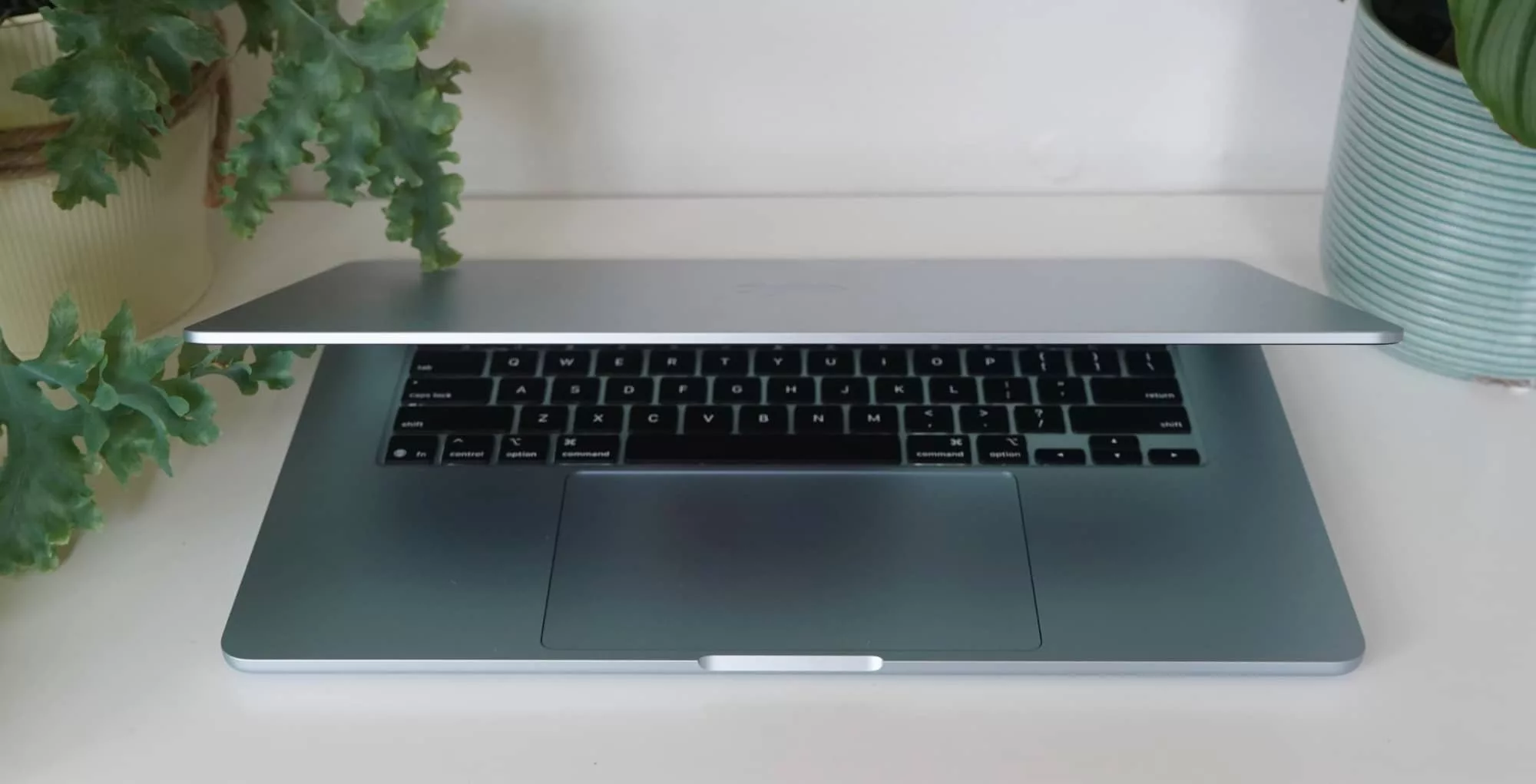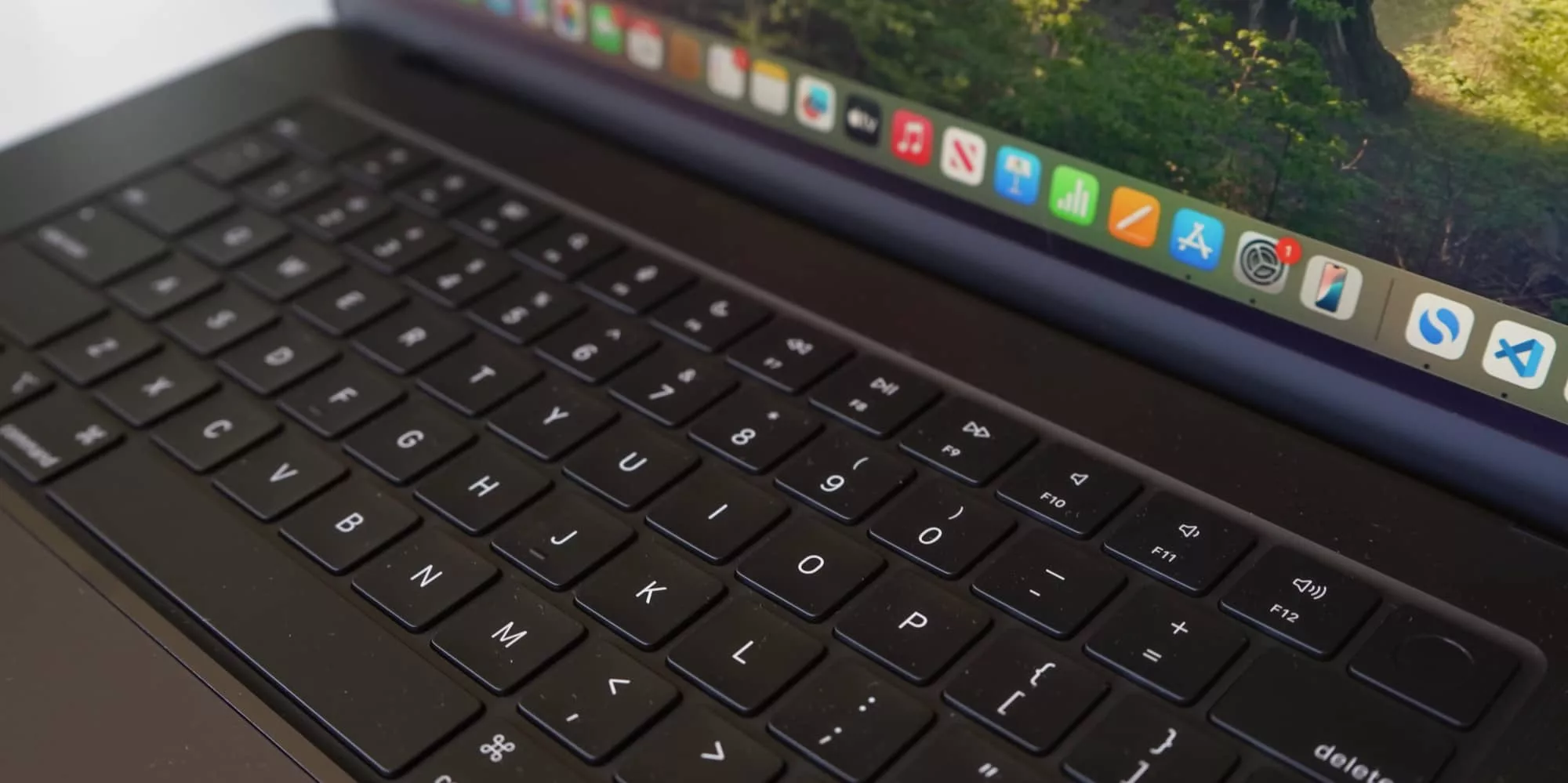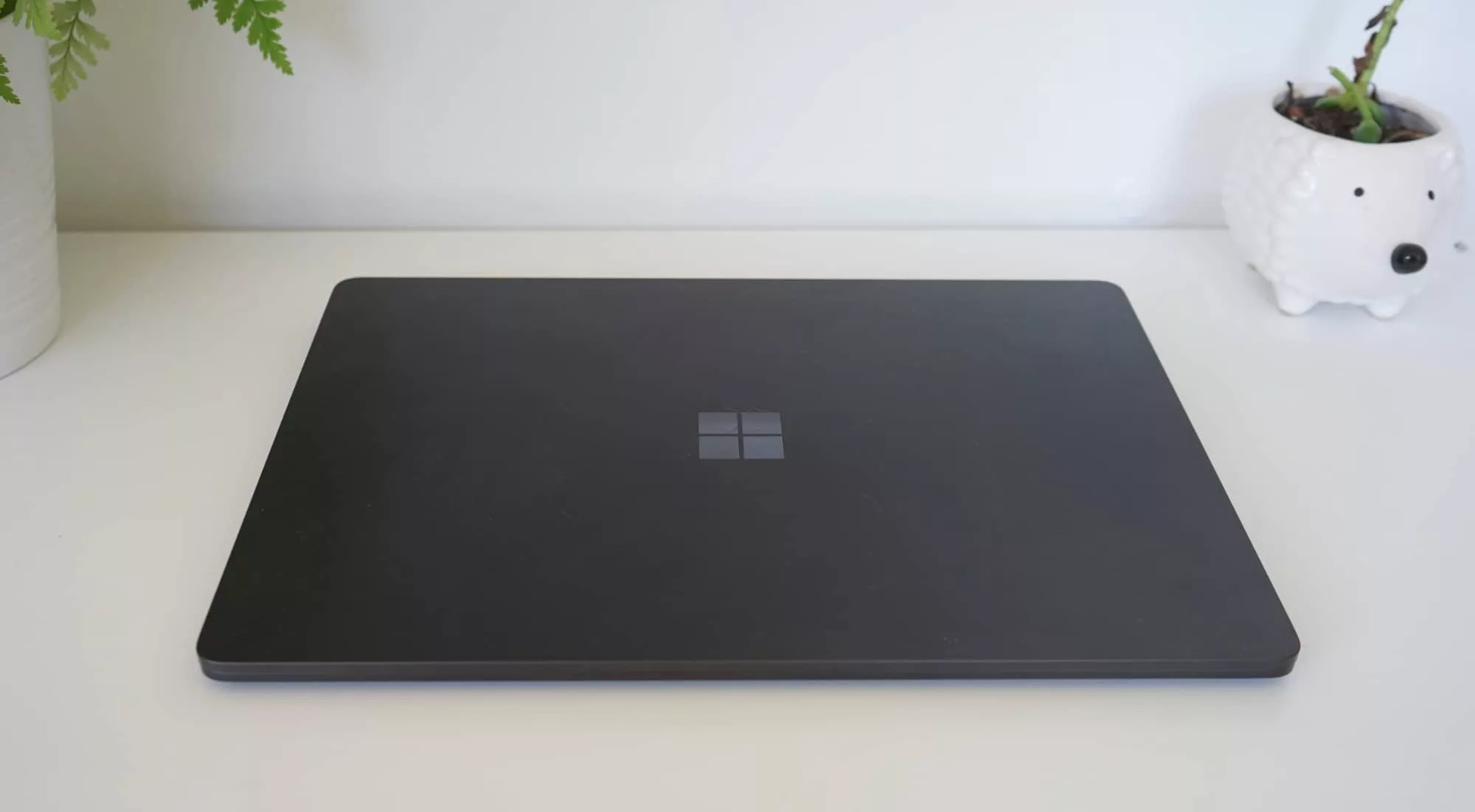By Leigh :) Stark, an award winning technology journalist with over 18 years of expertise in computer news, reviews, and analysis. He’s written for APC, PC & Tech Authority, GadgetGuy, and more, and works with workstations for the building of AI, 3D development, and photo and video editing.
Updated last:
Workstation laptop reviews

HP ZBook Ultra G1a 14 inch
Reviewed on November 13, 2025
A workstation made small with power for graphics making? The HP ZBook Ultra G1a makes the case, provided you don't mind a few compromises.
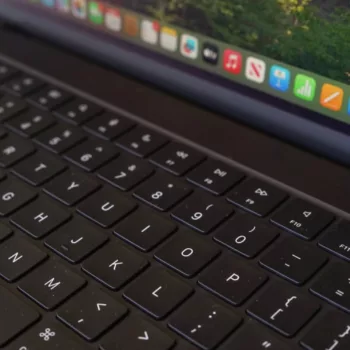
Apple M4 MacBook Pro 16 inch (M4 Pro, 2024)
Price: from $3999
Reviewed on December 27, 2024
The 2024 MacBook Pro may look just like the 2023 and 2022 before it, but the M4 MacBook Pro has performance where it counts. Recommended by Pickr.
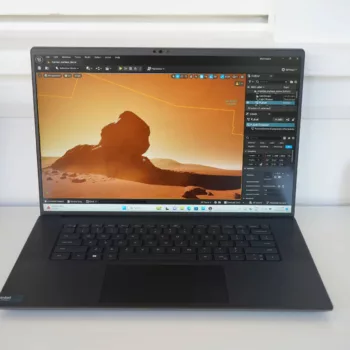
Dell Precision 5690
Price: from $5203
Reviewed on September 2, 2024
Need more than what a regular laptop offer? The Dell Precision 5690 aims to get you there with plenty of power, plus a price that might just be too much.
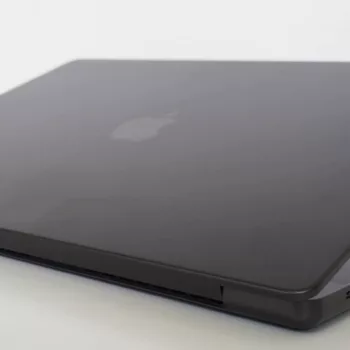
Apple MacBook Pro 16 (M3 Max)
Price: from $5999
Reviewed on November 22, 2023
Now available in black, the M3 Max MacBook Pro might just be the most powerful laptop you've ever used. You just need to be able to afford it. Recommended by Pickr.
Workstation laptop news
Gaming portable reviews (laptops and handhelds)
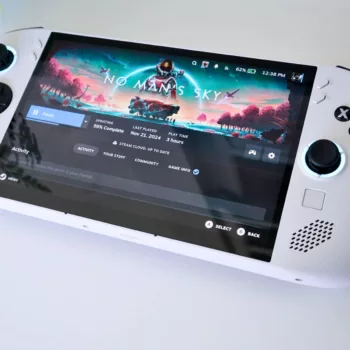
Lenovo Legion Go S (SteamOS)
Reviewed on September 15, 2025
It turns out Valve isn't the only company who can make a Steam Deck. Lenovo's Legion Go S shows what's possible, even if it needs work.
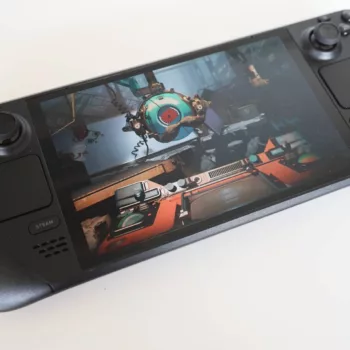
Valve Steam Deck OLED
Price: from $899
Reviewed on November 25, 2024
Australia has missed out on one of the biggest handheld gaming PCs for a couple of years, but now that Valve's Steam Deck has arrived, the competition is here. Recommended by Pickr.
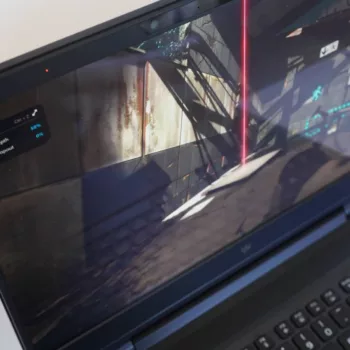
Acer Predator Helios 3D 15 SpatialLabs Edition
Price: $7599
Reviewed on October 2, 2024
Looking for a gaming laptop that stands out? The Acer Predator Helios 3D 15 comes with a screen designed to be that little bit more immersive.
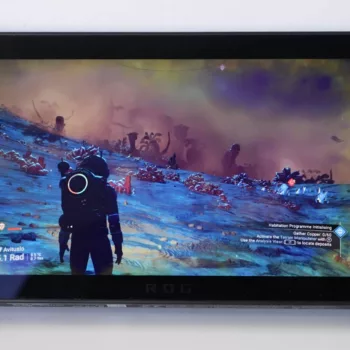
Asus ROG Ally X (RC72LA)
Price: $1599
Reviewed on August 29, 2024
A slight update on its predecessor, the ROG Ally X makes gaming anywhere even more possible due to some clever upgrades.


